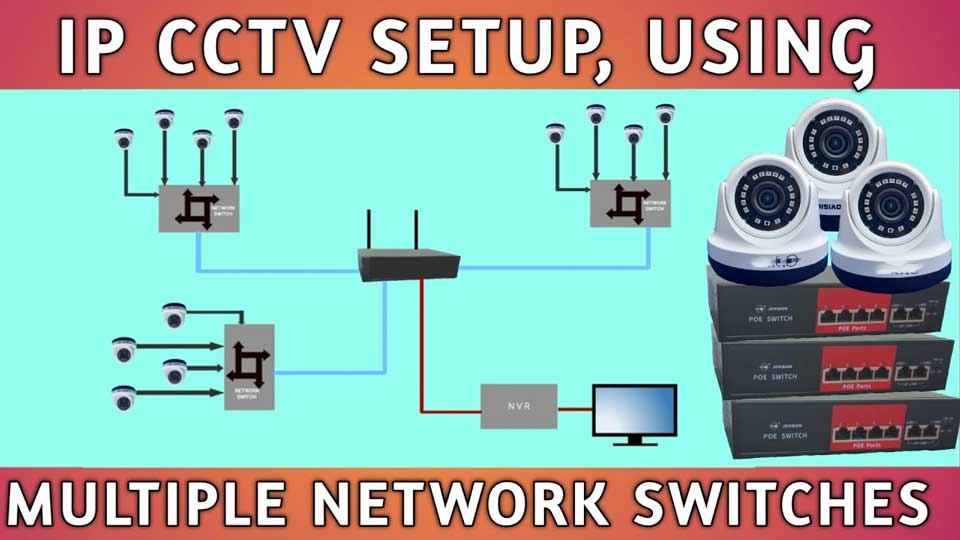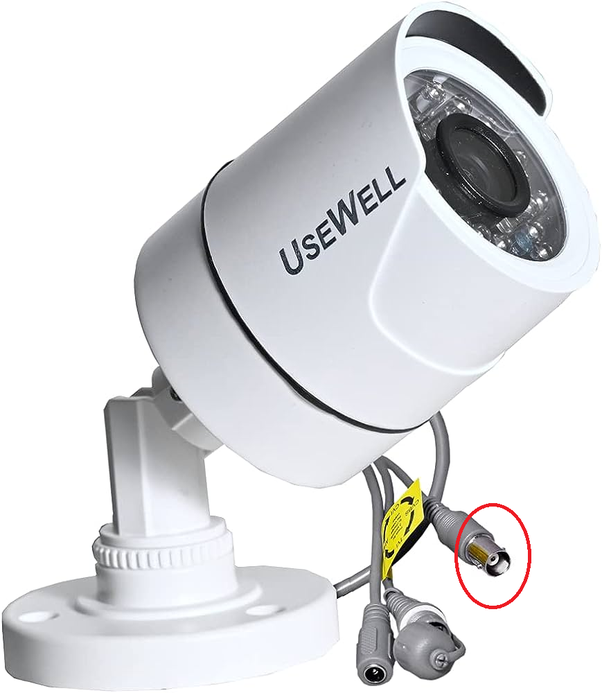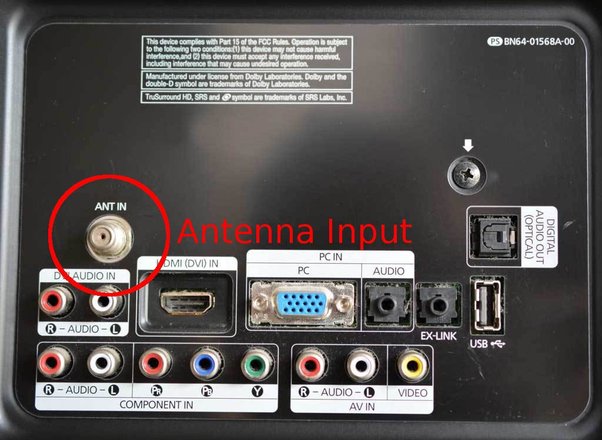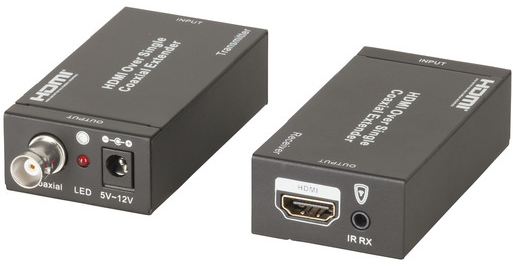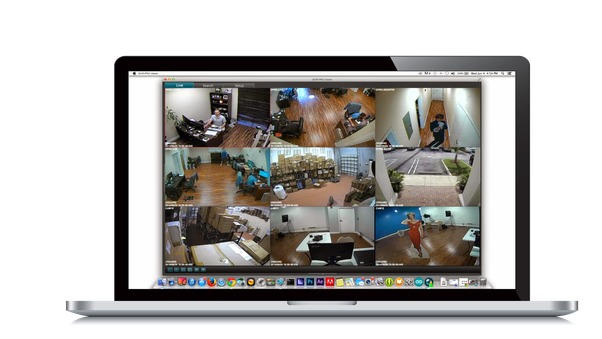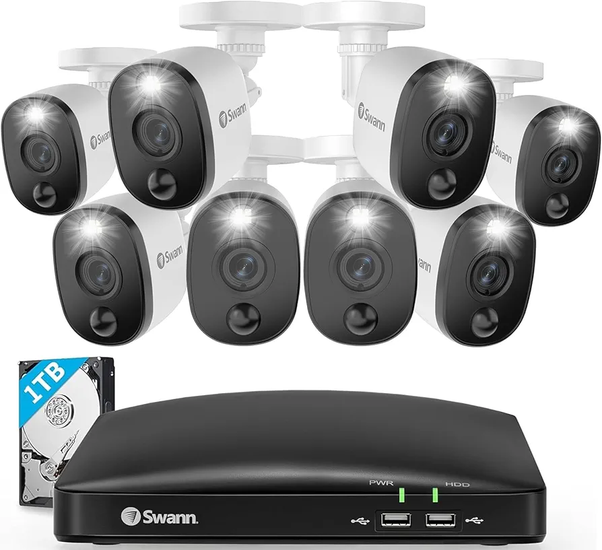How do I connect DVR for CCTV on my PC sharing network? You are likely going to have to spend some money on something. Actually… I’m going to edit your question… the All Caps thing is killing me. Totally unnecessary. One sec. Ok. That’s better.
So… let’s see. There are 3G hotspots that have ethernet ports on them. You can contact the company that provides you with your 3G modem, and tell you that you need a 3G modem with both WiFi and Ethernet. In fact… they have a sales department trained just for this. You tell them how you want to set up your home… and they will provide you with the proper equipment. Cool, right?
Otherwise… you’d have to use a computer as a middleman. The computer would need to have both wireless and ethernet…. like many laptops. You’d connect the laptop to the modem via Wireless, and you’d connect the DVR to the laptop via the ethernet, and then you’d enable Internet Connection Sharing in Windows, and designate the Wireless as the Source. Then, while you have the laptop on, your DVR would connect to the internet.
You could also purchase a WiFi extender, as most have ethernet ports. Then, you follow the instructions to set up the WiFi extender to the 3G modem, and you connect the DVR to the ethernet port on the WiFi extender.
You could do some research on what WiFi routers can also be used as range extenders when you replace the firmware with DD-WRT… the list isn’t all that long, but it means it is *possible* to take an old Wireless Router and turn it into a range extender. If you just happened to have one of those models, I guess that would save you from spending money.
But…. you definitely need some intermediate device between the internet connection and the DVR.
To connect a DVR for CCTV to your PC sharing network, you can follow these general steps:
Keep in mind that the specific steps may vary depending on the make and model of your DVR and the software it uses. It’s always a good idea to refer to the DVR’s user manual or contact the manufacturer for detailed instructions.
Connecting a DVR for CCTV to your PC sharing network involves several steps. Here’s a general guide:
Remember to consult the user manual of your DVR and the software for specific instructions, as steps may vary based on the brand and model. If you encounter difficulties, seeking assistance from a knowledgeable CCTV Camera Dealer in Chandigarh can provide guidance and support for network setup.
How do I connect a CCTV DVR with a laptop using an HDMI cable?
To connect a CCTV DVR with a laptop using an HDMI cable, follow these steps:
Overall, connecting a CCTV DVR to a laptop using an HDMI cable is a straightforward process, but it’s important to ensure that both devices have the necessary ports and settings to enable the connection. If you have any issues or questions, consult the user manual for your CCTV DVR or laptop, or seek assistance from a technical expert.
How do I connect my Hikvision DVR to a laptop and share my WiFi network to it?
I think you want to connect your DVR from Hikvision’s free DDNS hostinf service.
You can make your user ID on hikonline Resources and Information. After that you have to go to network settings menu and follow this video
How Can I watch CCTV footage with my PC? I’m using Hikvision 8 channel DVR and had connected it with internet.
Yes you can, Download and Install ivms-4200 software on your PC if it’s not at the same location as the cameras, or just type in the DVR ip address to your browser address bar if you are on the same network as the DVR.
How do I connect a CCTV DVR with a laptop using an HDMI cable?
A CCTV DVR is an analogue device so it uses baseband composite video. 9PAL or NTSC) at standard definition. You will need to find a video to HDMI converter if you really want to just view CCTV images on your laptop. You will still need to control the DVR locally via its remote control.
I abandoned DVRs some years ago.
A better approach is to replace the unit with a Network Video Recorder (NVR) that can be connected to your home network and can accept legacy SD video inputs from your cameras. Or you can go the whole way and upgrade your cameras to IP and connect them to your network directly via WiFi or Ethernet cabling.
Then you can access the NVR via Ethernet or via your WiFi to check recordings etc. It is also useful to add a “cloud key” that will allow secure access remotely from any external location via the Internet.
I have my CCTV surveillance integrated with my high speed home network using equipment provided by Ubiquiti. I can remotely access cameras at two properties using a Firefox or Chrome browser on my laptop and on my smartphone via the Ubiquity iOS video app.
Can I connect CCTV cameras directly to a TV?
CCTV cameras (usually) do not have HDMI but they may have coaxial out. See below:
The coaxial-out can be connected directly to the TV via the TV antenna input.
But this will work for one camera only.
You have options such as:
Is it possible to connect the CCTV DVR, and watch on your laptop?
There are lot of ways you can achieve this but let me talk on the simplest one.
By connecting the Ethernet port of your CCTV DVR to a switch and and hook up your PC to the same switch using RJ45 patch cable. Then go to the DVR network setup and set a static IP address if it is already enabled to use DHCP (dynamic Host Cofiguration Protocol). Set up something like this:
Save this and and restart your DVR for it to take effect.
Now head over to your PC Ethernet network configuration through control panel, go to your IPv4 and select “Use the following IP address”
Now enter something like this:
With this setting, the PC can successfully establish a link with the DVR through the gateway address.
Second Step:
Navigate to your internet explorer and type the DVR IP 192.168.001.010
you will be prompted to download an Active X, then follow the prompt and go to internet option on your internet explorer and enable the necessary Active X control, without doing this, you are not going to have your DVR web interface displayed properly.
watch this to learn how to enable Active X control
Once you are done with it, you should be able to see the number of channels, use exact user account on the DVR to login on your PC if prompted.
You will see Main Stream and Sub Stream, click on your desire channel and select Main Stream since you are not on the internet.
How do I connect DVR for CCTV on my PC sharing network?
How do I connect a CCTV camera to a laptop?
Connecting a CCTV (Closed-Circuit Television) camera to a laptop can be accomplished through several methods. Please note that the exact steps might slightly vary depending on the brand and model of your camera.
Here’s a general guide on how to connect a CCTV camera to a laptop:
Using a USB Adapter:
Using an External Video Capture Card:
Via Network (IP cameras):
In all cases, you’ll want to consult the user manual or contact the manufacturer’s customer support for the most accurate and specific instructions for your particular camera and laptop setup. Remember, it’s important to secure your camera feed to prevent unauthorized access.
How can I transfer CCTV footage from a DVR to a PC or mobile device?
To transfer CCTV footage from a DVR (Digital Video Recorder) to a PC or mobile device, you can follow these general steps:
1. Determine the DVR output: Check the available output options on your DVR. Most DVRs offer different types of outputs, such as HDMI, VGA, or BNC. Identify the appropriate output that matches the input options on your PC or mobile device.
2. Connect the DVR to the PC or mobile device:
– For PC: Use the corresponding cable (HDMI, VGA, etc.) to connect the DVR output to the PC input port. If the PC does not have the required input port, you may need to use an adapter or a video capture card.
– For mobile device: Some DVR systems provide apps that allow remote access and viewing of CCTV footage on mobile devices. Check if your DVR offers such an app and install it on your mobile device. Follow the instructions provided by the app to connect to your DVR remotely.
3. Software or app setup: If you are using a PC, you may need to install software provided by the DVR manufacturer to facilitate the transfer of footage. This software often allows you to access, view, and export footage from the DVR. Follow the installation instructions and set up the software as needed. If you are using a mobile device, make sure you have the DVR app installed and configured properly.
4. Access and export footage: Once the connection is established between the DVR and your PC or mobile device, use the software or app to access the CCTV footage. You should be able to view the recorded footage and select specific clips or timeframes for export. The export options may vary depending on the software or app, but commonly, you can save the footage as video files on your PC or mobile device.
It’s important to note that the specific steps and options may differ depending on the brand and model of your DVR system. Therefore, it’s recommended to consult the user manual or documentation provided by the DVR manufacturer for detailed instructions tailored to your device.
How do I connect my security cameras to my TV without a DVR?
Digital video recorders are a popular option for this connection. If you don’t want to hook up your security camera to a DVR, you can bypass the component and connect directly to a TV or monitor for viewing the signal from the camera.
You can now monitor any area under camera surveillance without recording
For home application, I recommend use cloud storage instead, easy install and operate.
What is the DVR used in CCTV?
In CCTV systems, a DVR stands for Digital Video Recorder. It’s a central component that acts like a storage device for the video footage captured by your security cameras. Here are some of its functionality:
Function: DVRs take the analog video signal from CCTV cameras, convert it into a digital format, and store it on a hard drive. This allows you to review past recordings for security purposes or to monitor activity remotely.
Appearance: DVRs are typically standalone devices that look like small computers. They have ports for connecting CCTV cameras, a monitor output for viewing footage, and a network connection for remote access (depending on the model).
Here are some additional points to consider about DVRs in CCTV systems
Compatibility: DVRs are designed to work with analog CCTV cameras. If you have IP cameras (digital cameras that transmit video over a network), you’ll need a Network Video Recorder (NVR) instead.
Storage Capacity: DVRs come with varying storage capacities. The amount of storage you need depends on the number of cameras you have, the recording resolution, and how long you want to keep footage.
Features: Modern DVRs offer various features such as motion detection recording, scheduled recording, and remote access through a mobile app.
How do I connect a CCTV DVR with the Internet using a 3G/4G data SIM?
If your DVR support 3G connection then you are good to go.
Unfortunately I won’t be able to provide you with pictures as DVR systems vary and I do not know your DVR brand.
First and foremost, I suggest you use Huwaei E303 dongle because it is one of the best dongle out there.
Make sure your sim card had already been provisioned for Data service by your ISP and don’t forget to obtain the APN details for your internet service.
Ensure cloud is enabled on your DVR by going through the setting icon.
Then head over to Network and look for the wireless service or 3G depending on the brand of your DVR.
Insert the 3G dongle to the back of your DVR and wait for the dongle to start blinking.
Select 3G and fill up the necessary information such as the APN details you got from the ISP.
After the settings, click save and restart, whenever the DVR is ready, you should see the dongle with a solid blue or green LED light showing that it is connected.
You should now be able to view your DVR online after the necessary remote view app installation and right configuration.
